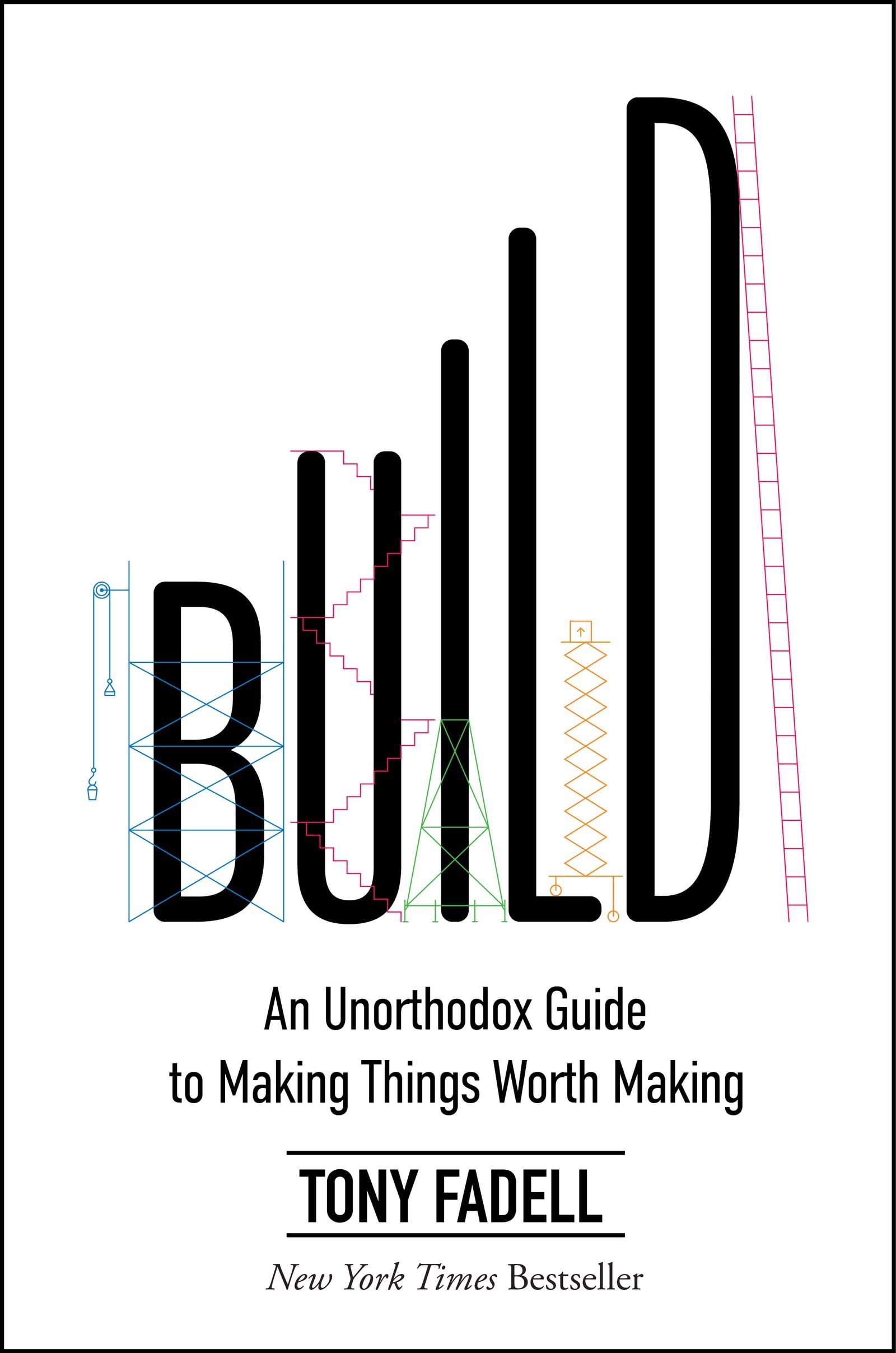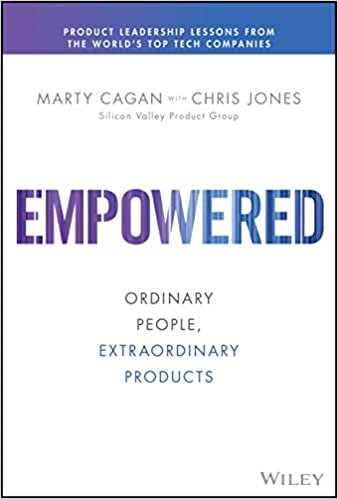Build - by Tony Fadell
Date read: 7/23/22. Recommendation: 8/10.
Such a great book for entrepreneurs and creators. Fadell, the engineer behind the iPod and iPhone, and founder of Nest, reflects on lessons learned over the course of his career. He offers advice on evaluating opportunities, working with executives, disrupting yourself, managing crises, and knowing when to quit and when to stick it out. Throughout the entire book he ties these themes back into his own experiences and advocates for the importance of having skin in the game.
See my notes below or Amazon for details and reviews.
My Notes:
Evaluating opportunities:
“When you’re looking at the array of potential careers before you, the correct place to start is: ‘What do I want to learn?’
Not ‘How much money do I want to make?’
Not ‘What title do I want to have?’
Not ‘What company has enough name recognition…’” TF
“The only failure in your twenties is inaction. The rest is trial and error.” Anonymous
Tony spent the dot-com bubble building handheld devices. Instead of going to some internet startup, he went to Philips to make devices, then started his own company to make digital music players. Eventually, that led him to Apple where he made the iPod and iPhone. Wouldn’t have had that opportunity if he didn’t stick with what he wanted to learn and what he cared about building.
“The way I’ve gotten wealthy is not by accepting giant paychecks or titles to do the jobs I know I’ll hate. I follow my curiosity and my passion. Always.” TF
“What you do matters. Where you work matters. Most importantly, who you work with and learn from matters. Too many people see work as a means to an end, as a way to make enough money to stop working. But getting a job is your opportunity to make a dent in the world. To put your focus and energy and your precious, precious time toward something meaningful.” TF
“Students seek out the best professors on the best projects when getting their master’s or PhD, but when they look for jobs, they focus on money, perks, and titles. However, the only thing that can make a job truly amazing or a complete waste of time is the people.” TF
Characteristics of a successful company:
Creating product or service that’s wholly new or combines existing tech in a novel way that competition can’t understand.
Product solves a problem—a real pain point that customers experience daily. Large existing market.
The technology can deliver on the company vision (product, infrastructure, platform, systems).
Leadership isn’t dogmatic about what the solution looks like and is willing to adapt to customer needs.
Thinks about a problem or customer need in a way you’ve never heard before but makes perfect sense once you hear it.
Growth:
Company and personal growth: “Either you’re growing or you’re done. There is no stasis.” TF
Grind:
“But if you want to prove yourself, to learn as much as you can and do as much as you can, you need to put in the time. Stay late. Come in early. Work over the weekend and holidays sometimes. Don’t expect vacation every couple of months…” TF
Skin in the game (avoid consulting):
“Just whatever you do, don’t become a ‘management consultant’ at a behemoth like McKinsey or Bain or one of the other eight consultancies that dominate the industry. They all have thousands upon thousands of employees and work almost exclusively with Fortune 5000 companies. These corporations, typically led by tentative, risk-averse CEOs, call in the management consultants to do a massive audit, find the flaws, and present leadership with a new plan that will magically ‘fix’ everything.” TF
“To do great things, to really learn, you can’t shout suggestions from the rooftop then move on while someone else does the work. You have to get your hands dirty. You have to care about every step, lovingly craft every detail. You have to be there when it falls apart so you can put it back together.” TF
Working with executives with strong opinions:
Ask why: “It is the responsibility of a passionate person—especially a leader—to describe their decision and make sure you can see it through their eyes. If they can tell you why they’re so passionate about something, then you can piece together their thought process and either jump on board or point out potential issues.” TF
When to quit and when to stick it out:
“Most people know in their gut when they should quit and then spend months—or years—talking themselves out of it.” TF
Indicators that it’s time to quit: 1) You’re no longer passionate about the mission. If you’re staying for the paycheck or to get the title you want, but every hour feels like an eternity. 2) You’ve tried everything. You’re still passionate about the mission but the company is letting you down.
“Every meeting, every pointless project, every hour stretches on and on. You don’t respect your manager, you roll your eyes at the mission…It is time and energy and health and joy that disappear from your life forever.” TF
“People won’t remember how you started. They’ll remember how you left.” TF
“Quitting anytime things get tough not only doesn’t look great on your resume, but it also kills any chance you have of making something you’re proud of. Good things take time. Big things take longer.” TF
“Too many people jump ship the second they need to dig in and really push through the hard, grinding work of making something real.” TF
Disrupt yourself:
“If you’re experiencing your biggest market share ever, that means you’re on the brink of becoming calcified and stagnant. It’s time to dig deep and kick your own ass.” TF
“We had to make the iPhone, even though we knew it could, probably would, kill the iPod.” TF
Tesla could have fallen into the same trap—made EV cars attractive. Every other carmaker followed. So they focused on innovating charging networks, retail, service, batteries, supply chains to stay ahead.
Three generations of products to get it right:
Make the product (not remotely profitable. Fix the product (get gross margins right). Build the business (reach net profits).
Managing crises:
Keep your focus on how to fix the problem, not who to blame.
Don’t be worried about micromanagement. Get in the weeds. During a crisis, your job is to tell people what to do and how to do it.
Get advice. Don’t try to solve problems alone.
Your job once the initial shock is over is to overcommunicate and listen.
Accept responsibility for how it has affected customers and apologize, regardless of whose fault it was.









